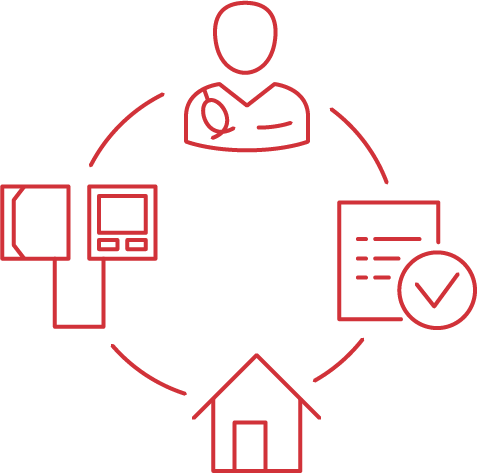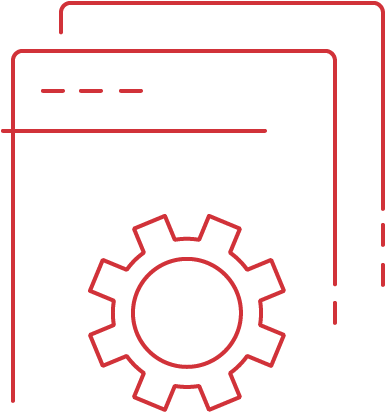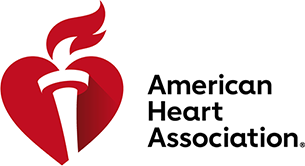Patient-Measured BP
Patient-Measured BP
Self-measured blood pressure (SMBP) monitoring refers to the regular measurement of BP by a patient at their home or elsewhere outside the clinical setting. SMBP enables physicians to better diagnose and manage hypertension — and helps patients to take an active role in the process.

The Need for Better Control
High blood pressure is a contributing factor to major health conditions including heart attack, heart failure, stroke, kidney failure, and many others.
Around 121.5 million adults (about 1 in 2) in the United States have high blood pressure and nearly half of those people don’t have their blood pressure controlled.
That means millions of Americans are at risk for serious health issues due to uncontrolled high blood pressure. We need better control.

Benefits of SMBP
Improve the accuracy of diagnosing hypertension
Out-of-office BP measurements are recommended to confirm the diagnosis of hypertension because significant numbers of patients have different blood pressures outside of the office compared to when they are in the office. White-coat hypertension is when people with high office blood pressures do not have high blood pressures outside of the office. Masked hypertension is when people with non-hypertensive blood pressures in the office have high blood pressures when measured outside of the office. For these reasons, out-of-office BP measurements are extremely important for accurately assessing a person’s blood pressure and making a diagnosis.
Better manage patient blood pressure
Out-of-office BP measurements are recommended for titration of BP-lowering medication, in conjunction with telehealth counseling or clinical interventions. Once patients are diagnosed with hypertension, SMBP can be used before subsequent office visits to easily and accurately determine if their blood pressure is controlled. While there is limited evidence that using SMBP alone in individuals with hypertension improves blood pressure control compared to usual care, there is strong evidence that using SMBP plus additional clinical support is more effective than usual care in lowering blood pressure and improving control among patients with hypertension.
Help patients adhere to treatment
Patients who engage in SMBP may be more likely to take action to improve their health in other ways.
Getting Started
Ready to make improvements in diagnosing and managing hypertension? Here’s what you need to know.
How the SMBP Program Works
To decide if this program is right for your practice, consider what’s involved. The program delivers measurable positive benefits for patients, but it does require dedication to the process for it to be effective—including proper communication with patients and a system for managing and interpreting their self-measured blood pressures.
Plan for an SMBP Program
We will provide you with the information and resources to help you successfully launch a program for SMBP monitoring at your practice. Initially, you’ll need to develop a budgeting plan and a timeline for staff training.

“The new guideline calls for more emphasis on self-monitoring for high blood pressure diagnosis, treatment and management. Patients should be trained by healthcare providers to accurately monitor themselves at home.”

